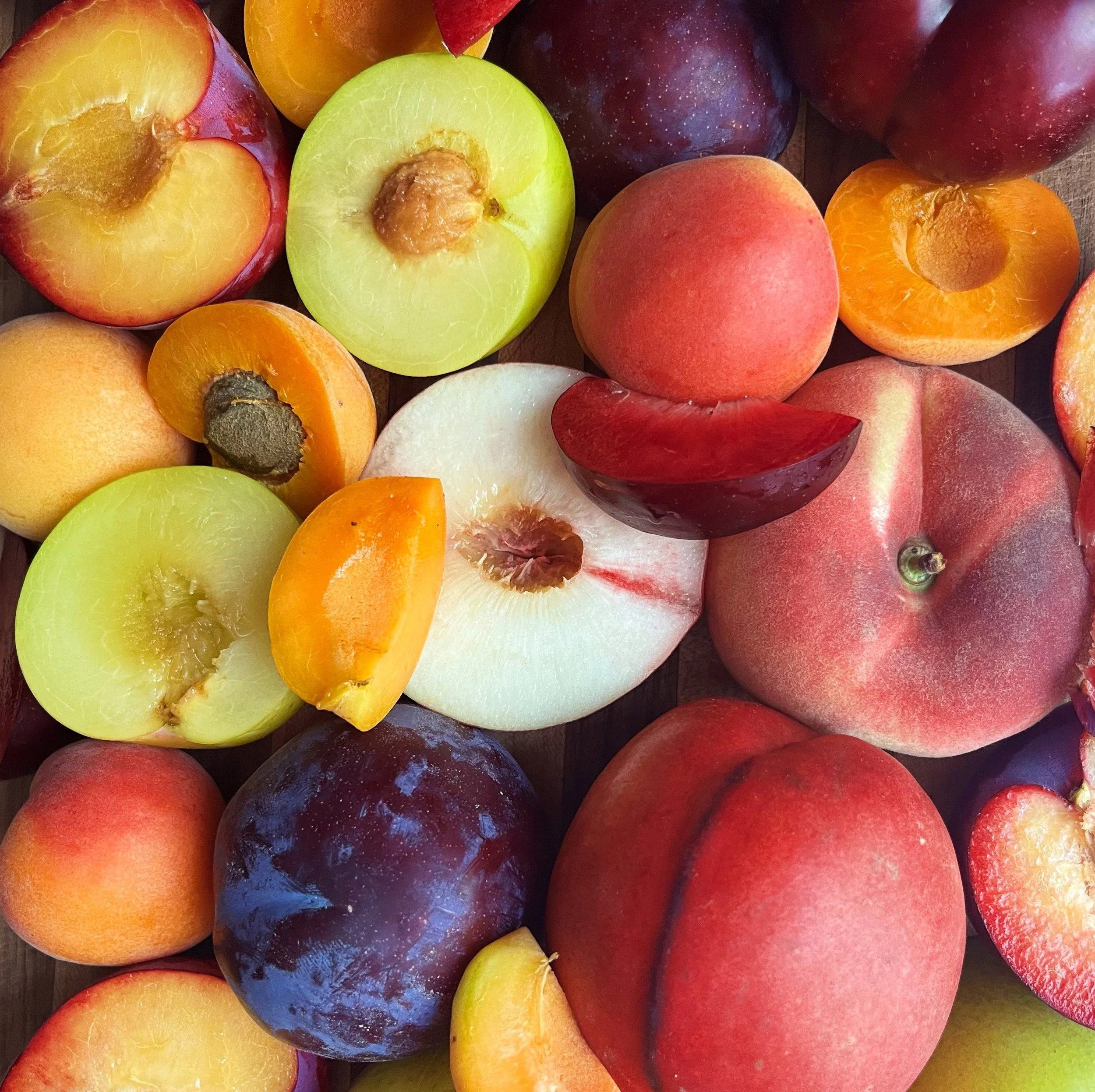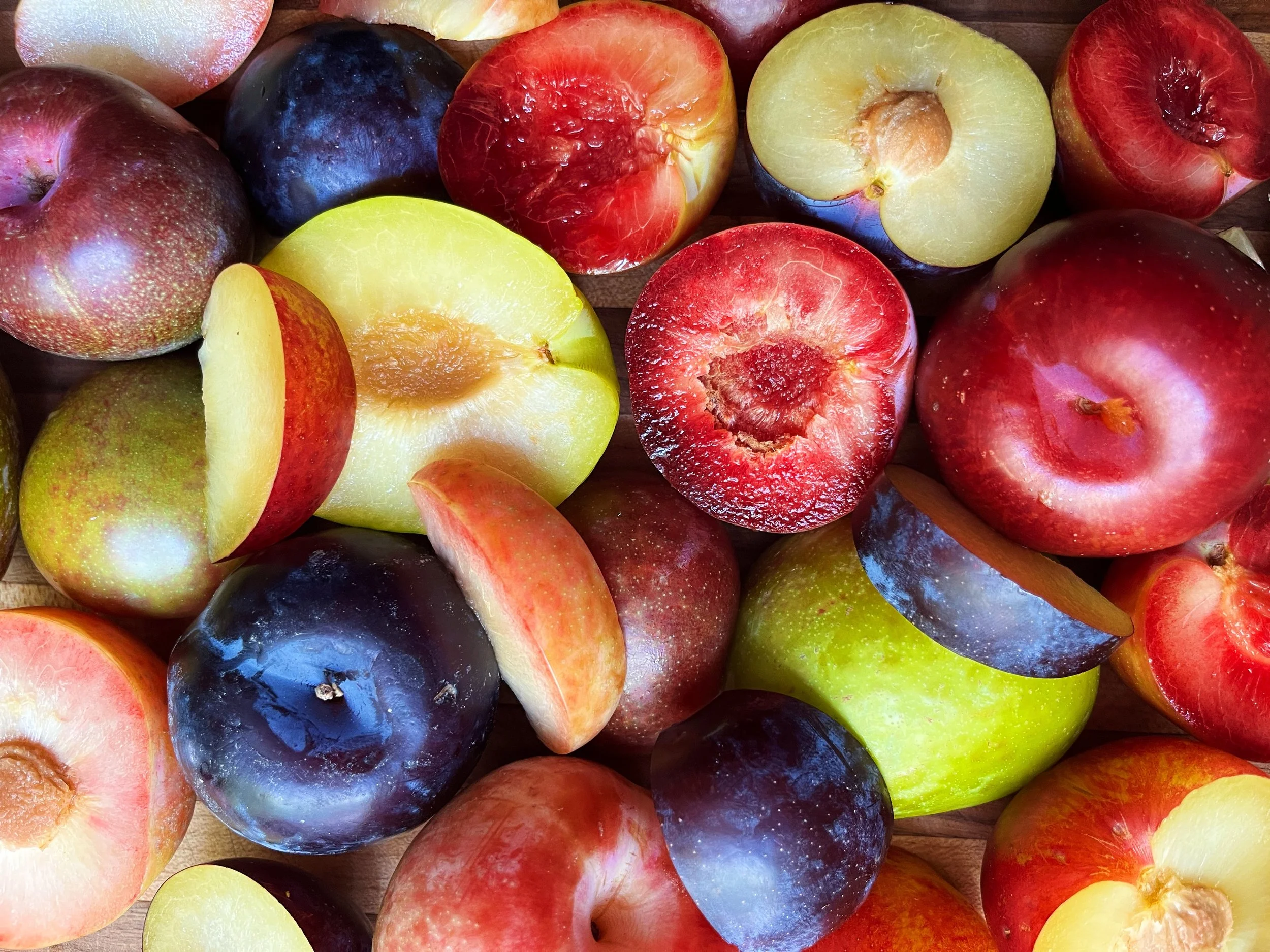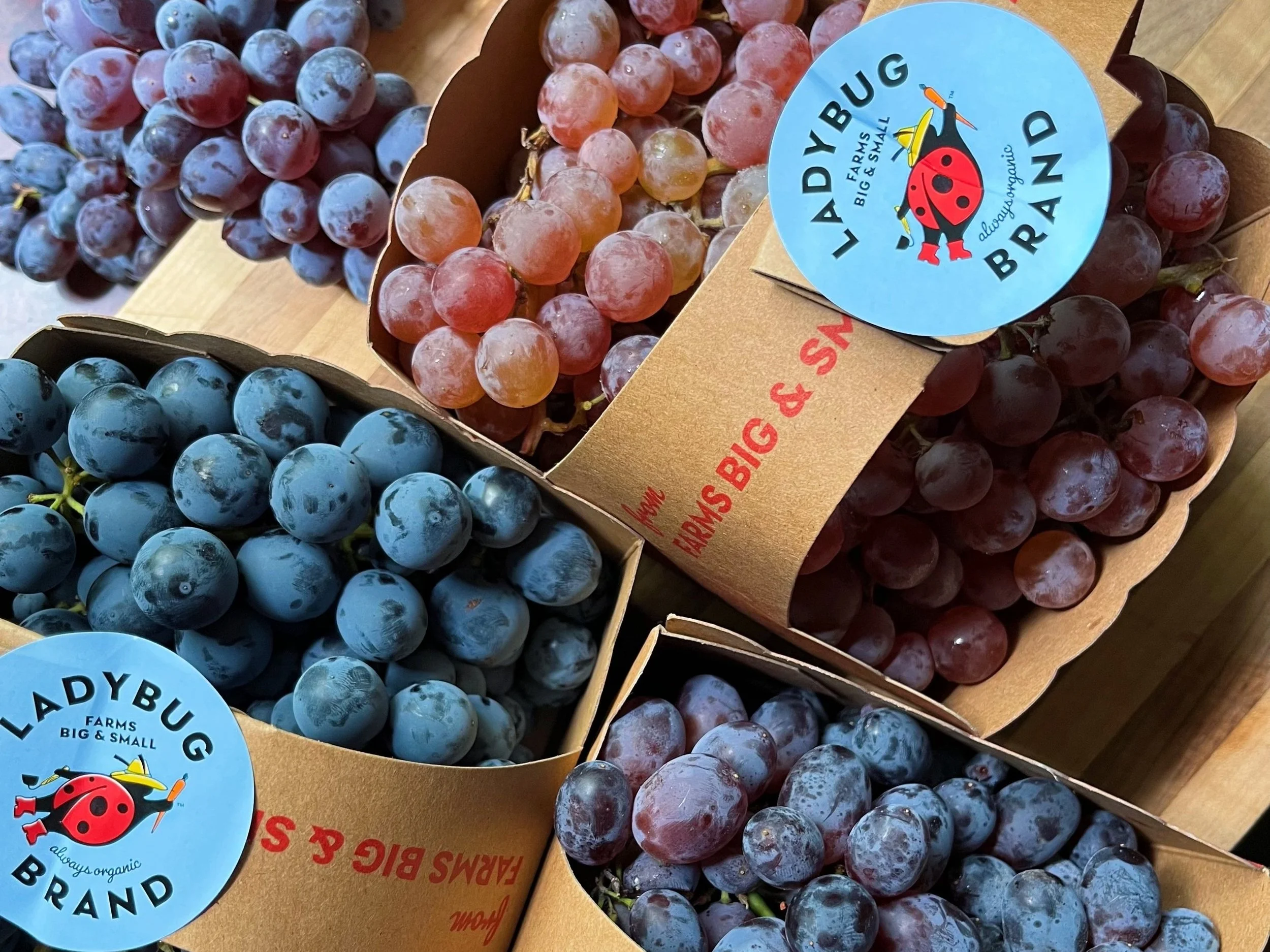Keep Summer Alive
Keep Summer Alive with Late Summer Produce
September, often seen as a transition month, is a micro-season in itself, overflowing with late summer favorites at peak flavor and nutrition. While some of these items may be available year-round, there's something uniquely delicious about this time of year, with many crops sourced from Northwest growers. As September arrives, don’t transition to fall too soon! Celebrate late summer harvests and flavors while they last and rack up sales success.
The September Challenge & Opportunity
September brings a unique challenge. While national retailers rush to promote fall right after Labor Day, savvy Northwesterners know that some of the best summer weather—and produce—arrives in September.
Stone fruit like peaches, nectarines and plums are abundant and flavorful, and melons and grapes are at their peak. The temptation to quickly transition to fall displays is understandable but can be a missed sales opportunity. Instead of flipping melon displays to squash or replacing stone fruit with early apples and pears, it’s smart to stick with strong displays of summer fruits until the crop availability truly ends.
Strategic Merchandising in September
As we move into September, it’s essential to strike a balance between celebrating summer’s bounty and preparing for the fall. Here’s how to approach each category:
Stone Fruit (Peaches, Nectarines, Plums)
Early September: Keep stone fruit front and center. These items may be winding down, but they’re still in demand. Don’t move them to the back of the department, or customers will assume the season is over and stop buying.
Mid September: As peaches and nectarines finish, scale down their footprint but keep a presence. Build up your focus on plums, which are heartier and can help sustain the summer feel.
Late September: Gradually phase out stone fruit as availability tapers off. Make sure any remaining inventory is fresh and displayed prominently. Signage like “Last Peach of the Season” can pull in sales and eaters looking to capture the last of summer’s flavors.
Melons
Watch the Weather: Melon sales are highly sensitive to weather changes. They’ll fly off the shelves on warm days, but on cooler days, they may sit. Offer smaller cuts or different varieties to keep customers interested.
Keep Varietal Interest Strong: Specialty melons and OGC’s exclusive Dry Farmed melons are something unique to offer shoppers. Keep displays looking abundant while not having too much product on the floor by using filler in baskets and keeping bottoms of displays elevated. Sampling is still the name of the game, as late season fruit can be a peak eating experience.
Late September: As displays transition into fall, be sure remaining inventory is fresh and rotated daily. When the melon category is down to four varieties, it’s about time to incorporate melons into other seasonal fruit sets and move the focal point to NW winter squash.
Grapes (California & Northwest)
Peak Season: September is peak grape season, with California and Northwest vineyards offering the best-eating varieties of the year. Focus on building large, colorful displays that include a mix of standard and specialty varieties like Thomcord, Jupiter, Vanessa and Interlaken.
Merchandising Tip: Use OGC’s Ladybug Brand paper totes to build stunning organic grape displays without plastic, and don’t forget to use point-of-purchase signs to drive sales.
Transition to Fall: Grapes are an excellent anchor for transitional fruit sets since they’re equally at home alongside stone fruit, berries and melons and stunning displayed beside apples, pears, figs, kiwi, quince, persimmons and pomegranates.
Assortment & Transition
Early September: Keep a strong summer feel by combining stone fruit, grapes and berries into cohesive and prominent displays. Feature melons front and center to keep interest high and product moving.
Mid to Late September: As available, start introducing fall favorites like apples, pears, quince, kiwi berries persimmons and pomegranates to summer fruit displays This approach signals the shift to fall while keeping the department in-season and eye-catching, capturing every last summer fruit sales dollar. In the vegetable section, focus on Northwest items like peppers, new crop potatoes and late-season corn. As the month goes on, and summer availability wanes, start building hard squash, apple and pear displays.
September is a time of transition, but it’s also a time of opportunity. By carefully managing the department’s assortment, merchandising and promotions, focusing on summer favorites and gradually introducing fall items, produce managers can maximize sales and keep customers excited as they enjoy the best of the season. The goal is to celebrate the season's abundance while preparing for what’s to come.








